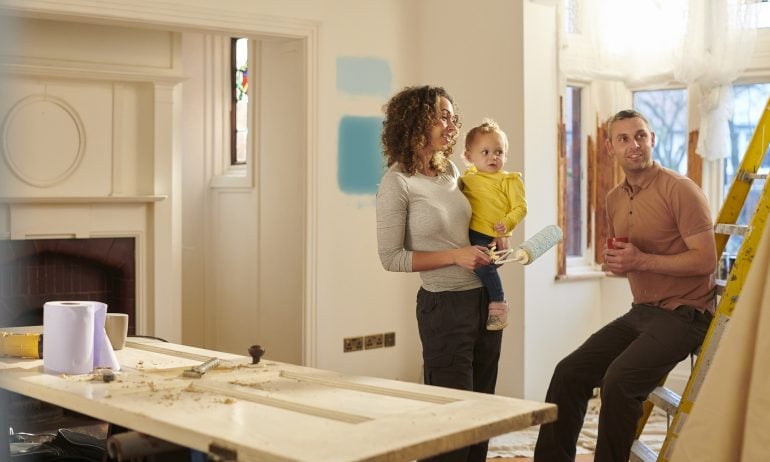When buying a home, it’s important to cross-reference the square footage advertised with the figures listed on the Multiple Listing Service (MLS) and in property tax records. Recognizing and comprehending any differences between these numbers is essential.
The MLS gets its square footage data from figures recorded by county assessor offices, which typically evaluate properties at their highest possible values each year to maximize property tax revenue. However, during economic downturns, these valuations might remain inflated.
As a homeowner, you might prefer a smaller square footage on record with the assessor’s office to minimize tax liabilities. I discovered that updating your property’s details with the city after renovations could lead to higher taxes, based on my own experience.
Conversely, when it’s time to sell, a larger recorded square footage could help you command a higher sale price. Therefore, if you’re considering selling in the near future, it might be advantageous to ensure the assessor’s office has the updated, larger square footage on file.
It’s not uncommon for sellers to overstate the livable square footage in their marketing, often including disclaimers that encourage buyers to verify the details independently.
Reasons for Square Footage Discrepancies
During my years of attending open houses, I’ve frequently found that the square footage advertised often surpasses what’s recorded in tax documents.
Out-of-Date Tax Records: Tax records are typically updated following a sale or a permitted renovation. Absent these triggers, tax documents may not reflect the latest details of a property, including any changes to its square footage. Online databases may also lag in updating these details.
Undocumented Renovations: To save on expenses and taxes, homeowners might bypass getting permits for renovations. Such unpermitted modifications won’t be reflected in tax records, leading to potential discrepancies over time, particularly for properties that have been under the same ownership for many years.
Infrequent Appraisals: Selling a property usually involves an appraisal, especially if it’s been a while since the last one. Lenders often require appraisals to approve mortgages. An independent appraisal can provide both parties with more confidence in the transaction.
Differences Between MLS and Assessor’s Data: There might be inconsistencies between the tax data on the MLS and the county assessor’s records. Buyers should consider getting an independent appraisal to determine the true square footage.
The Significance of Accurate Square Footage
Buyer Expectations: Square footage is a critical factor for buyers. If the square footage could potentially make the property seem overpriced based on a per-square-foot calculation, sellers might choose to leave this information out of listings.
Seller Integrity: Providing accurate square footage can bolster a seller’s integrity. Just as comprehensive maintenance records are preferred for a car, clear and transparent property details are appreciated.
Legal and Financial Consequences: Providing incorrect square footage can lead to penalties or legal action. The MLS might impose fines for inaccurate listings, and significant differences can result in contract cancellations.
Verifying a Home’s Square Footage
Documents that can confirm a home’s square footage include up-to-date professional appraisals, current county records, floor plans, and blueprints, especially for newly constructed homes.
Defining Livable Square Footage
The term ‘livable square footage’ or ‘living area’ refers to spaces designed for human occupancy that meet specific criteria, such as being heated, finished, and directly accessible from other living spaces.
Measuring Square Footage According to MLS Standards
- Measure along the exterior walls.
- Create a floor plan for sections that are hard to access from the inside.
- If unsure, consult a professional for precise measurements.
Distinguishing Between Above-Grade and Below-Grade Spaces
In MLS listings, there might be a requirement to list square footage for spaces above ground (above-grade) and those below ground level, like basements, separately.
Real estate agents can help measure square footage, or you could engage a professional appraiser. Keep in mind, your own measurements are not officially recognized; certified documentation is needed.
Buyer Responsibility
As a buyer, it’s prudent not to solely rely on promotional materials. Take the initiative to measure and confirm the square footage yourself. Purchasing a property with inaccurate square footage information can significantly impact its value.
Being aware of the importance of accurate square footage can assist in spotting undervalued properties, potentially uncovering great value.

